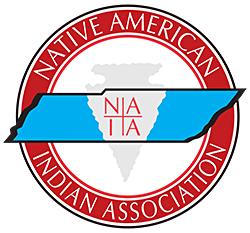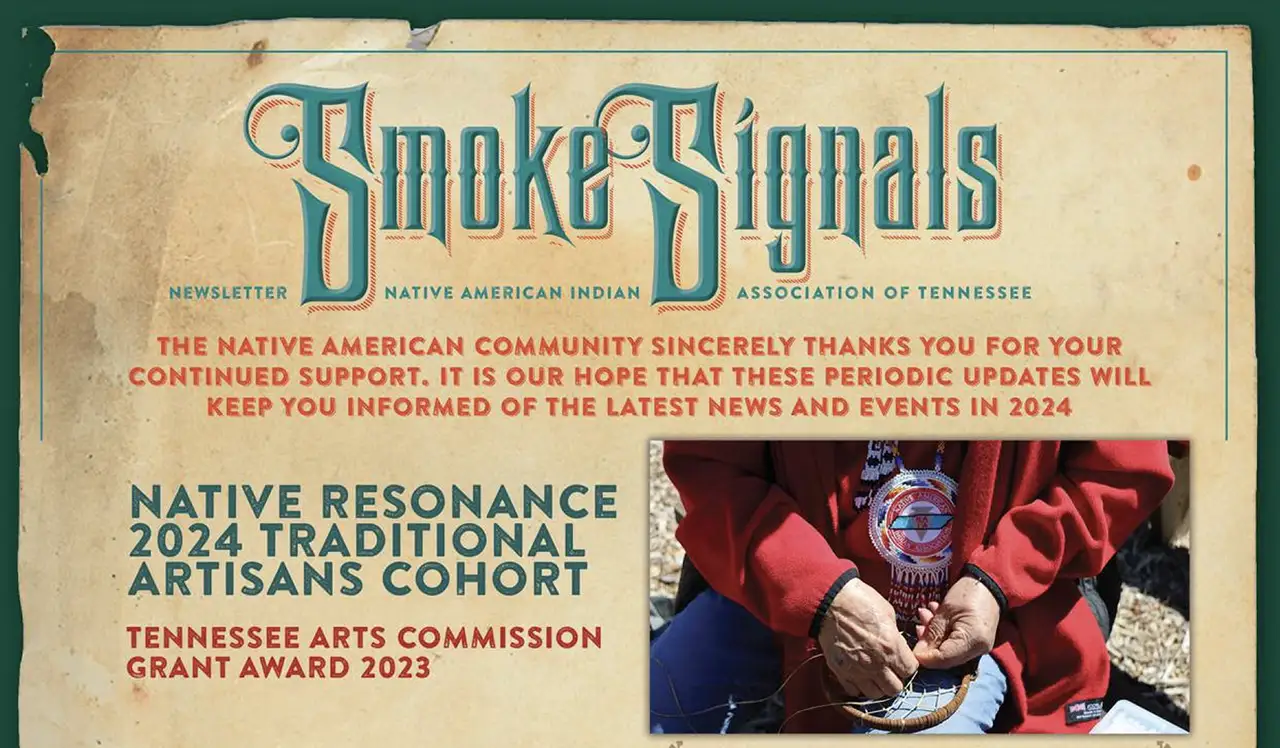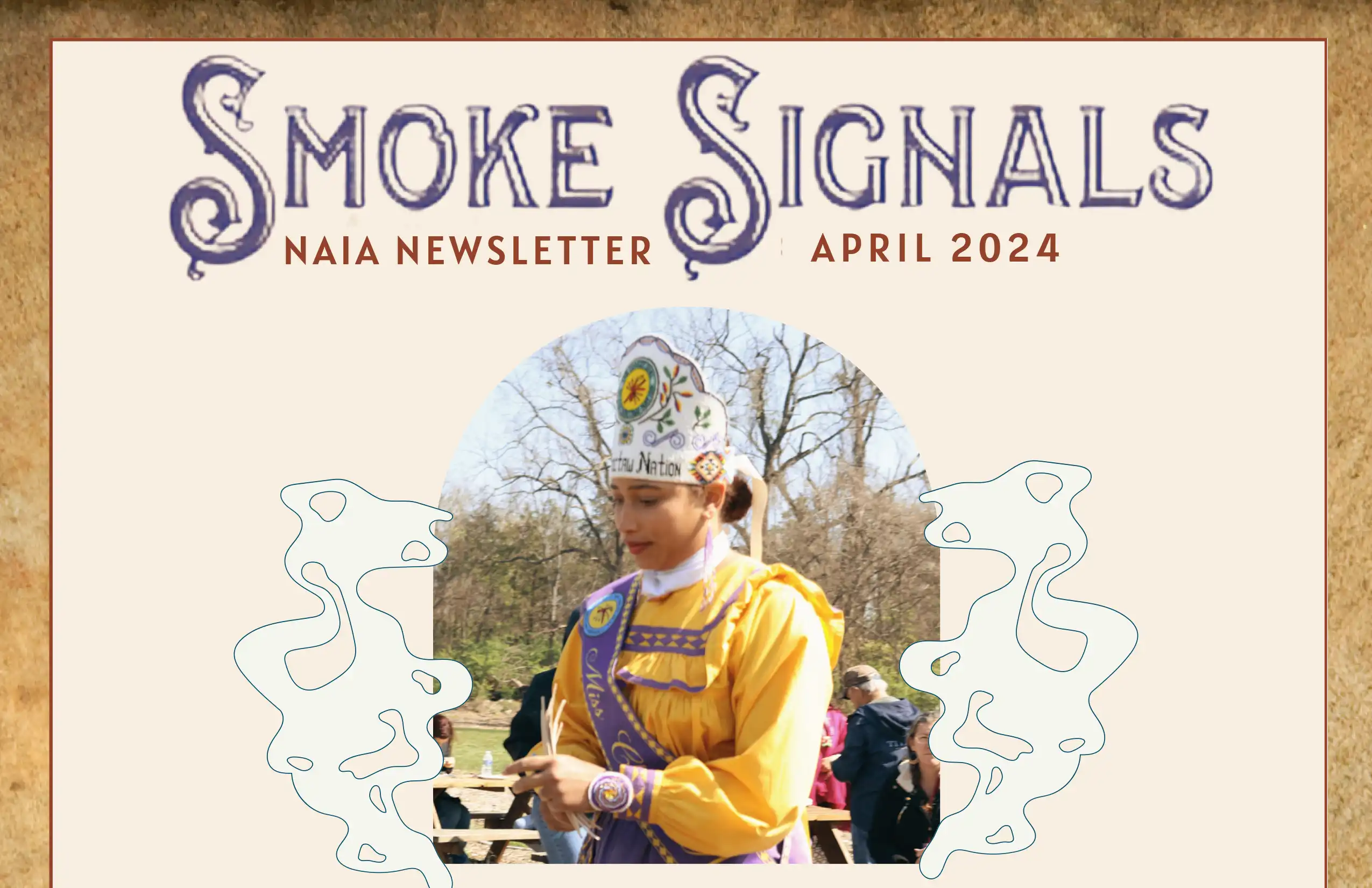The dream to build Tennessee’s first Native American Cultural Center
“School kids gather around a roped off ring in Long Hunter State Park. They watch as dancers in traditional Native American clothing move to the sound of the drum.
Rose McKeithen watches from the shelter of a nearby tent.
“I’m Lakota Sioux, which are the proud people, and I’m Northern Cheyenne, which are the beautiful people,” she says. “So I’m a proud, beautiful person.”
McKeithen is on the board for the Native American Indian Association of Tennessee — a little-known, cash-strapped organization that aims to serve Tennessee’s Native American community, filling in for social services that are available in other states but not here.
Their most important event is the annual pow wow. This year was their 40th. The pow wow was how McKeithen found out about the group years ago, and it’s how they hope to reach more new members, too.
“We’re trying to make Nashville more aware of the fact that even though we don’t have a recognized tribe here, and there is no reservation or Indian benefits, the Native American association is trying to correct all those shortcomings,” she says.
They raise money for medical care, jobs training and other social services. If they can’t meet someone’s needs, they buy a plane or bus ticket to get the person back to their reservation for help.
Much of their funding comes from small donations, a few grants and their annual pow wow. But last year, the pow wow was cancelled because of the pandemic.
It was a big setback, just as the organization was reaching for its most ambitious goal yet: to build the state’s first Native American cultural center.
“Up until COVID hit, we were so close,” she says. “Oh my gosh, we were the closest we’ve ever been before the COVID. But now because of rising costs for lumber and building materials, and everything went up exponentially.”
The price tag of their new building was about $1 million before the pandemic. Their contractor’s latest estimate was nearly double that.
That’s why it was especially important to get a record-setting turnout this year, says Ray Emanuel, a member of the Lumbee Tribe and a founder and director of NAIA. And they did: Organizers estimate more than 14,000 people came.
At the pow wow, Emanuel’s flip phone wouldn’t stop ringing. He took each call to make sure people knew how to get to the event.
Emanuel says they have to rely on the community more than the state and local government.
“We been working with them for years,” he says of government officials. “We have not been able to get a penny. We just don’t have a voice.”
He says their lack of representation has made the group easy to overlook.
They had to relocate their office a few years ago and have been spread out in different spaces ever since. The association was able to buy 6 acres of land out on Bell Road, where they hope to build the center. It would give them the chance to have all their services in one place, plus a museum and a learning library.
Emanuel said it’s ironic after how much land was taken from the Native American people, that they can’t secure the funding to build a community center on what little land they do have.
Their experience is a stark contrast to the growth of the city around them, he said.
“You see all the multi-million dollar projects going on, where so-and-so supports this project,” he said. “We’re not asking for a million, we’re just asking for a few hundred dollars.”
He paused for a moment, shaking his head.
“It just don’t seem right,” he said. “I’ll put it that way.”
Written by Paige Pfleger with WLPN News on October 21, 2021.




